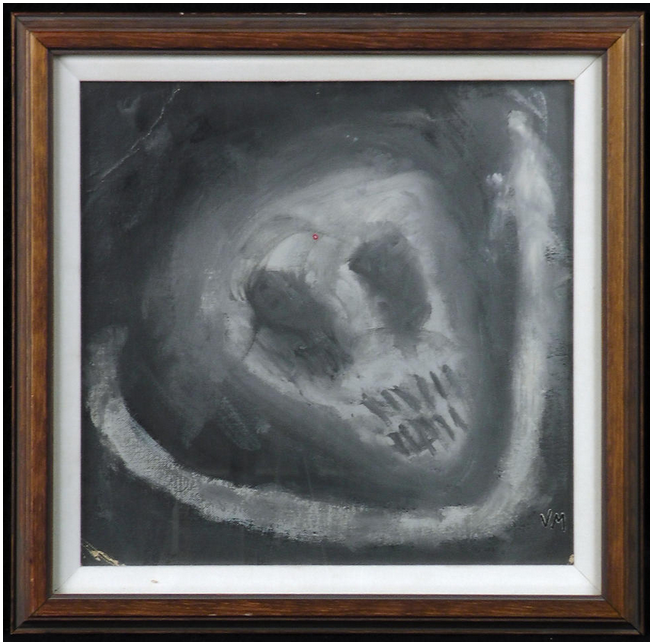I’m often asked what Vietnam veterans are like. Are they angry? Are they proud of their service? Are they stronger for their time at war? Or haunted by what they did and saw?
The answer is yes. Over 2.7 million American men and women went to Vietnam in the years the US fought there, and their personalities are as diverse as their experiences. The war will have affected a man who fought in the jungles very differently from one who sat in an office in Saigon or loaded artillery onto planes. Even among men who held similar positions or fought in the same area of Vietnam, individuals will perceive what they did there differently.
Earlier this month, Army veteran David Eisler advocated in The New York Times’ “At War” column for a more nuanced conversation about the identity of veterans. He wrote:
If you listen closely to the national conversation about today’s veterans, you will hear two stories that seem to be at odds with each other.
One story is about healthy, hard-working, disciplined, well-trained and experienced veterans who would be an asset to any business or organization. The other tells of broken, disabled, traumatized veterans who have physical and behavioral health issues and require constant care and supervision.
Eisler served in Iraq and Afghanistan between 2007 and 20012, and his argument is geared more toward victims of these new conflicts — who are now searching for civilian jobs — rather than the often-retired Vietnam veterans. But his point is a good one. You needn’t look very far to see these mixed messages about who veterans are in advertisements, the media or even our city boulevards.
Amidst the usual panhandlers on State Street, I was struck by an unusual trio outside a cosmetics store on Friday night. Two teenage boys and an older bearded man sat in matching military fatigues, heckling passersby. They held a cardboard sign, on which, I assumed, was scrawled descriptions of their war service and tragedies faced since returning. While veterans make up 7% of the US population, they represent 13% of homeless people. The majority of those homeless veterans live in urban areas like Chicago.
Yet, when I got closer I saw that their handmade sign had only one word: SMILE. The men called to the shoppers, the tourists, the secretaries and bankers trudging home after a week’s work: “Be happy.”
It was a simple message coming from a complex group.

“Head Spirit” by Gregory Van Maanen (1986). Gregory served in the Vietnam War as a rifleman between 1968 and 1969. This piece is shown at the NVAM alongside a letter he wrote: “I guess I’ve been hiding for 18 years since I got out of the Army. But I’ve put it to good use — Art. I’ve given it my all, and I’m still going. How, I don’t know, I don’t question it. After that Vietnam experience, there’s nothing else that makes sense. Again, that’s a long involved story.”